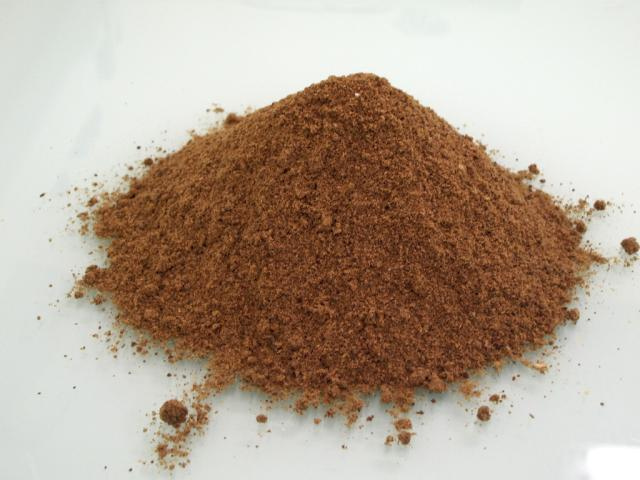Fishmeal Process
Fish is first typically cooked to coagulate protein and allow some oil to be released, using a temperature of 85°C to 90°C. In addition, micro-organisms are killed by this process (see diagram). Clean conveyors, holds and storage pits, short storage time and reduced temperatures minimise micro-organisms and the spoilage they may cause. The lower temperatures also reduce fish enzyme activity (autolysis), another form of spoilage. Cooked fish then passes into a screw press where liquor is pressed out and the solids (press-cake) go to the drier.

Conceptual Diagram of Fishmeal Process
The liquor is decanted to remove further solids. It is then centrifuged to spin off oil and separate out an aqueous phase (stickwater). The stickwater passes through evaporators to reduce its volume (concentrate). This concentrated liquor (called stickwater because it tends to be viscous and sticky) is returned to the press cake entering the drier. A typical drier contains coils through which super-heated steam passes. These coils raise the temperature to 90°C (controlled by flow rate etc) for drying to around 10% moisture after cooling. Low temperature driers such as indirect hot-air or vacuum driers, operate at lower temperatures.
(Source: IFFO, 2022)

